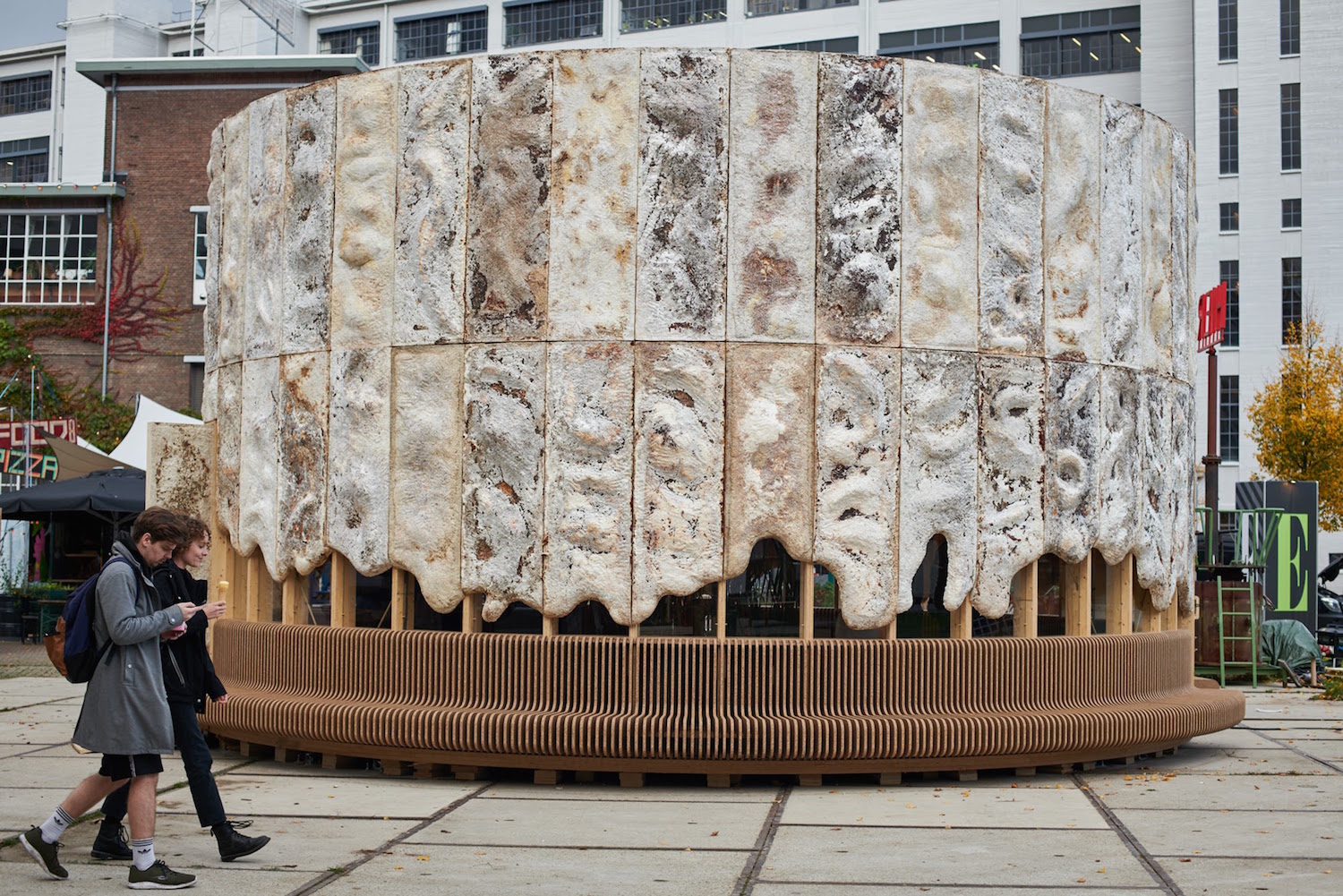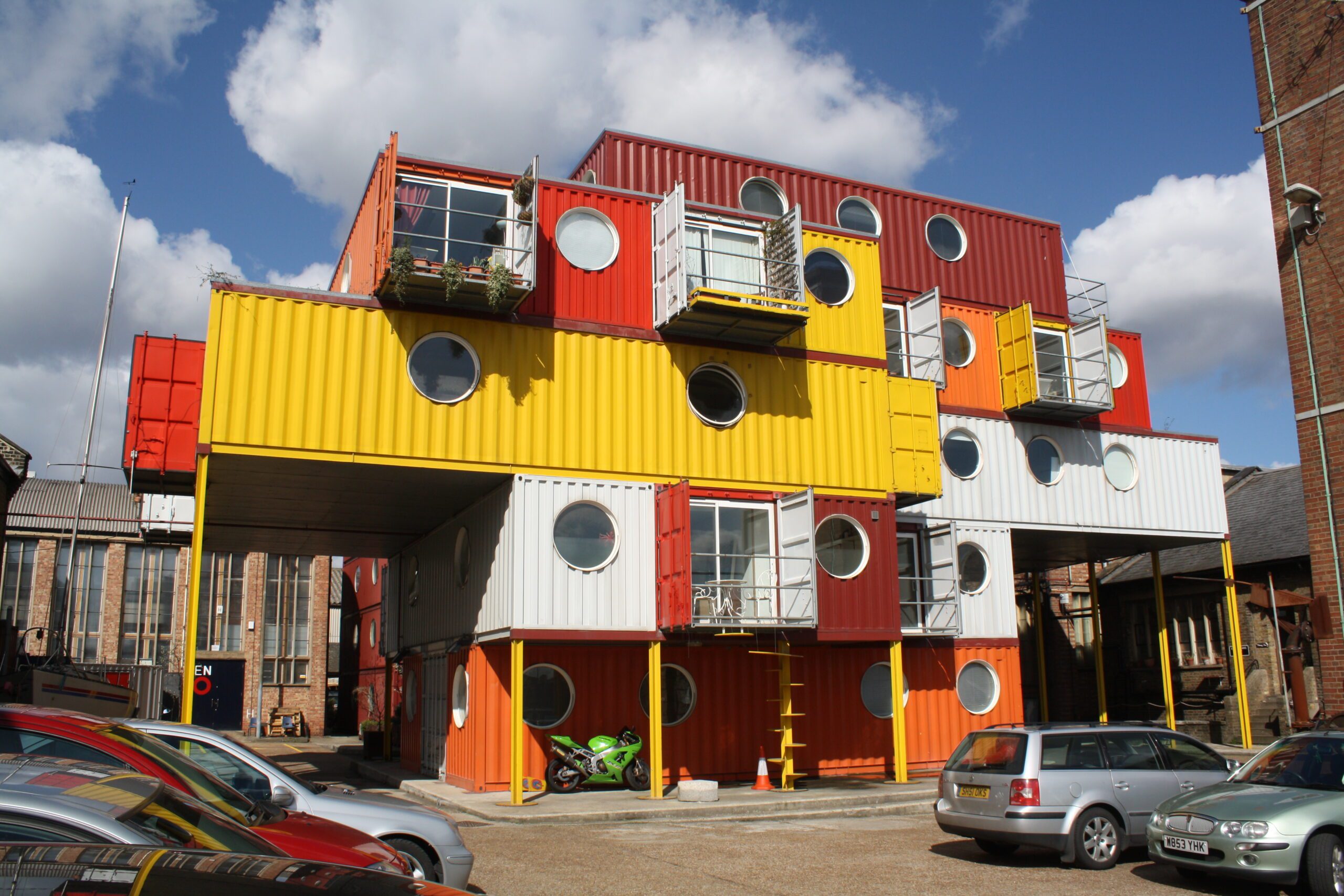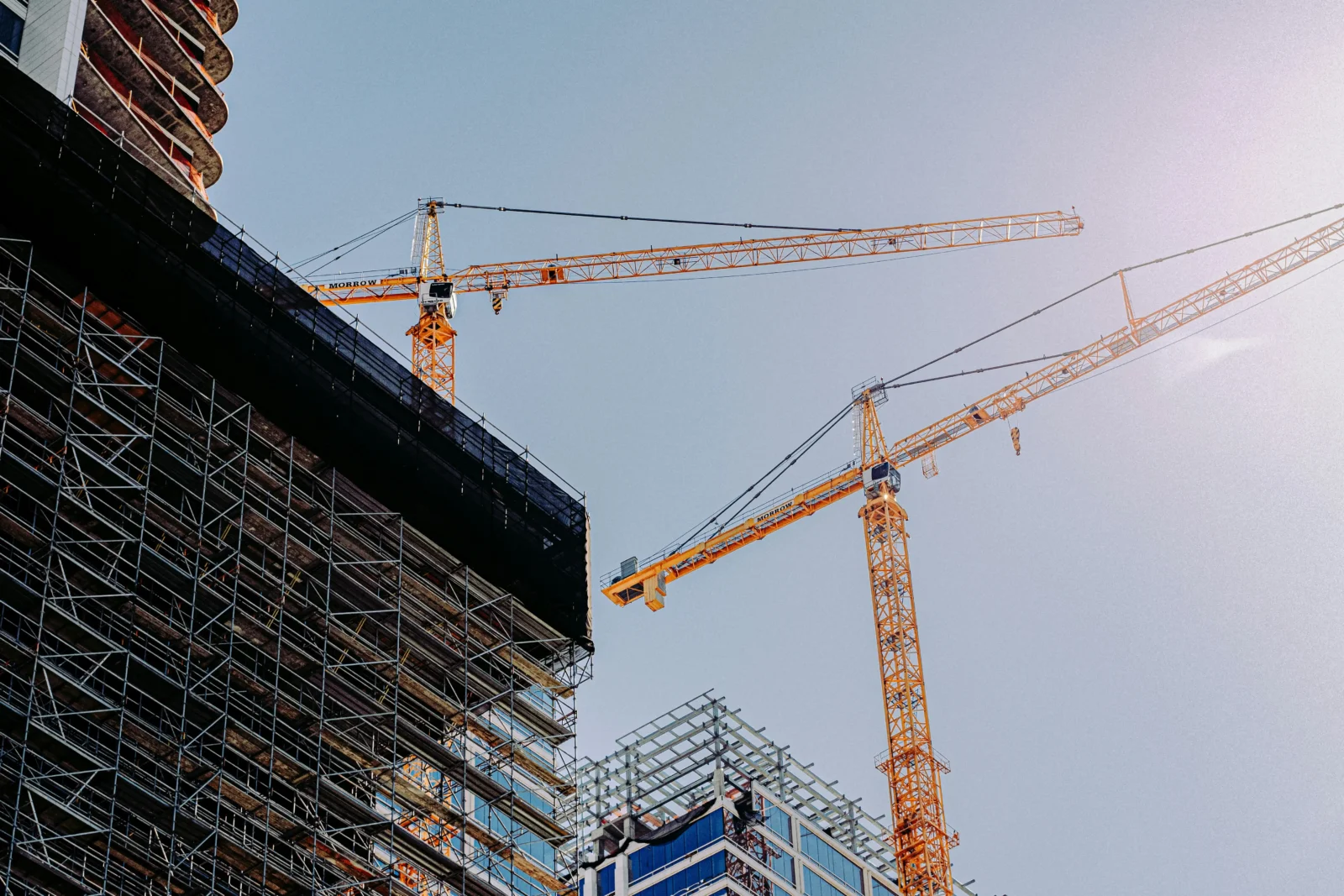- Home
- Articles
- Architectural Portfolio
- Architectral Presentation
- Inspirational Stories
- Architecture News
- Visualization
- BIM Industry
- Facade Design
- Parametric Design
- Career
- Landscape Architecture
- Construction
- Artificial Intelligence
- Sketching
- Design Softwares
- Diagrams
- Writing
- Architectural Tips
- Sustainability
- Courses
- Concept
- Technology
- History & Heritage
- Future of Architecture
- Guides & How-To
- Art & Culture
- Projects
- Interior Design
- Competitions
- Jobs
- Store
- Tools
- More
- Home
- Articles
- Architectural Portfolio
- Architectral Presentation
- Inspirational Stories
- Architecture News
- Visualization
- BIM Industry
- Facade Design
- Parametric Design
- Career
- Landscape Architecture
- Construction
- Artificial Intelligence
- Sketching
- Design Softwares
- Diagrams
- Writing
- Architectural Tips
- Sustainability
- Courses
- Concept
- Technology
- History & Heritage
- Future of Architecture
- Guides & How-To
- Art & Culture
- Projects
- Interior Design
- Competitions
- Jobs
- Store
- Tools
- More

In the construction industry, the need for innovative and sustainable solutions is more prominent than ever before. Rising environmental concerns, coupled with the increasing scarcity of traditional building resources, have prompted professionals to explore alternative building materials. These alternatives offer new ways of construction, focusing on energy efficiency, sustainability, and affordability. Let’s delve into some of these alternative building materials and their potential benefits.
- Bamboo: Bamboo is an impressive alternative to traditional building materials due to its strength, flexibility, and fast-growing nature. It absorbs carbon dioxide faster than most trees, and it’s renewable, making it an environmentally-friendly choice. Bamboo has been used in various structures, from houses to bridges, especially in Asian countries where it is abundantly available.
- Hempcrete: Hempcrete is a bio-composite material made from the inner woody core of the hemp plant mixed with a lime-based binder. The result is a lightweight, insulative, and breathable material. It’s carbon-negative, meaning it absorbs more carbon than it emits during its lifecycle, making it a fantastic option for sustainable building.
- Recycled Plastic: Recycled plastic is an innovative alternative that makes use of non-biodegradable waste. It can be transformed into bricks, panels, or other structural elements. Not only does this method reduce waste in landfills, but it also creates a durable and water-resistant building material.
- Mycelium: Mycelium, the root structure of fungi, is a natural, self-growing, and biodegradable material. It’s cultivated by growing the fungi in molds, then dried to kill the organism, resulting in lightweight, strong, and insulating bricks. Structures built with mycelium can be composted at the end of their lifespan, offering a cradle-to-cradle approach.

Credit: ResArch Lab: Mycelium Architecture – Building with Fungi – Calendar – AIA New York / Center for Architecture (aiany.org) - Rammed Earth: Rammed earth construction involves compacting a mixture of damp earth, clay, sand, and sometimes a stabilizer like lime or cement, into an externally supported frame that molds the shape of a wall. This technique produces highly efficient and durable walls with low environmental impact.
- Cob: Cob is a natural building material made from clay, sand, straw, and water. It is mixed and then hand-sculpted while still wet. Cob buildings are known for their incredible durability – some cob structures that are hundreds of years old are still in use today.
- Straw Bales: Straw bales are used to create the walls of a house, providing both structure and insulation. The result is a highly energy-efficient home due to the excellent thermal properties of straw. Straw bale construction can be an affordable and sustainable method of building.
- Ferrock: Ferrock is a carbon-negative cement alternative made from recycled materials like steel dust. It absorbs and seals in carbon dioxide during the drying process. Plus, it’s stronger and more flexible than traditional concrete.
- Cross-Laminated Timber (CLT): CLT is a wood panel product made from gluing layers of solid-sawn lumber together. It is incredibly strong, lightweight, and can be used in place of concrete in building frames. Using CLT can significantly reduce a building’s carbon footprint as wood sequesters carbon.
Shipping Containers: Repurposed shipping containers can make sturdy, stackable building blocks for homes and commercial buildings. This method of container conversion reduces construction waste and provides an innovative use for the millions of shipping containers that are no longer in service.
In conclusion, the exploration of alternative building materials is about more than just finding substitutes for traditional materials; it’s about improving the efficiency, sustainability, and cost-effectiveness of our buildings. By considering the lifecycle of the materials and the energy required to produce them, we can build in a way that reduces our impact on the environment and creates structures that are healthier for their occupants. The alternative building materials discussed above offer an exciting glimpse into the future of sustainable construction.
Examples in Architectural Projects

The Wind and Water Bar in Vietnam, designed by Vo Trong Nghia Architects, showcases the beauty and versatility of bamboo. The entire structure, built without the use of nails or screws, uses bamboo poles tied together with bamboo-tying-material.

The Chapel of Reconciliation in Berlin, Germany, designed by Rudolf Reitermann and Peter Sassenroth, was built using rammed earth. It is one of the first modern buildings to use this ancient technique on such a large scale.
The T3 office building in Minneapolis, Minnesota, USA, designed by DLR Group and Michael Green Architecture, is the first modern tall wood building in the United States. At seven stories and 220,000 square feet, it showcases the potential of CLT in large-scale projects.

The Container City in London, UK, is a prominent example of repurposing shipping containers. This innovative development hosts offices, workshops, and studios, offering a perfect example of adaptive reuse.

Submit your architectural projects
Follow these steps for submission your project. Submission FormLatest Posts
Dependable Service for Everyday Appliance Problems
When a washer stalls mid-cycle or a fridge warms up, you need...
8 Essential Web-Based Mapping Tools for Modeling Sea Level Rise and Flood Impacts
As climate change accelerates, flood risk and sea level rise have become...
How Sydney’s Architecture Responds to Climate, Light, and Lifestyle
Sydney’s architecture has never been driven by form alone. It evolves through...
Shipping Containers as Functional Infrastructure on Construction Sites
Construction sites are temporary by definition, yet the systems that support them...












Leave a comment